Teaching Hurdles to a Beginner in 30 Minutes
Sports depend on various conditions that include both internal and external factors. A sport such as Hurdles is one that requires participants to enhance their skills by applying several skill sets. In this webinar of the RFYS Athletics Development Series, James Hillier, Head Coach at Reliance Foundation Odisha Athletics High Performance Center, outlines in detail how to teach Hurdles to young athletes.
Watch the full webinar here:
Sports depend on various conditions that include both internal and external factors. A sport such as Hurdles is one that requires participants to enhance their skills by applying several skill sets. In this webinar of the RFYS Athletics Development Series, James Hillier, Head Coach at Reliance Foundation Odisha Athletics High Performance Center, outlines in detail how to teach Hurdles to young athletes.
Coach James began the session by introducing how environmental factors mould individuals and detailed them out as follows:
- Friends
- Culture
- Home
- Education
- Coach(es)
While picking up a new skill, we learn in three main ways namely:
- Cognitive Learning:
Occurs by receiving knowledge and information. It is based on intrinsic and extrinsic environments and past experiences.
- Affective Learning:
Involves learning on a social level by developing feelings and emotions such as self-esteem, confidence, and belief.
- Motor Learning:
Learning by acquiring physical motor skills. This is developed by processes in the brain creating changes in the central nervous system as a result of performing certain physical training.
Likewise, to attain success in hurdles, there are certain skills required that include:
- Skill
- Speed
- Suppleness
- Strength
- Stamina
In introducing an athlete to hurdling, the main aim is to develop rhythm, efficiency, and momentum through coordinated repetition in order to develop skills and eventually speed.
Coach James discussed the four main phases of developing hurdlers:
- Approaching the first Hurdle
- Clearance of Hurdles
- Running between the Hurdles
- Running off the last Hurdle to the finish
Athletes should focus on just one of these four things at a time.
The philosophies of developing young hurdlers can be remembered by the acronym REM, the focus areas of development are:
- Rhythm:
This is the ability to consistently run in a fluent, measured, and uniform way. The more rhythmic you become, the less energy you lose, thus becoming more efficient.
It is also related to Stride Patterns and developing an optimal competitive rhythm. When teaching rhythm, it’s imperative to develop running rhythm first.
- Efficiency:
This is the amount of energy required to run at a certain speed.
Efficiency is also related to lactic acid accumulation in a given muscle at a given speed after a certain amount of time. However, this is more appropriate to 400m hurdles than sprint hurdles.
- Momentum:
Momentum can be described as the relationship between the speed of an athlete and his / her energy at a certain time.
It is crucial to maintain momentum as this is directly related to rhythm and efficiency.
Coach James further listed the equipment that would be required while teaching hurdles to a beginner. He also illustrated the progression of the training sessions when introducing the sport.
To summarise, these are the 5 easy steps to develop a sprint hurdler:
- Ask athletes to run over low hurdles to identify the natural lead leg
- Familiarise the athlete with the first hurdle distance for their event
- Place the hurdles in a grid pattern with varied distances and heights
- Ask athletes to focus on running in between the hurdles
- Aim to develop speed into the first hurdle
Coach James also illustrated the technical aspects behind each step in the development of a hurdler in 3 easy steps:
- Teach athletes to hurdle on both legs
- Introduce bend hurdling technique
- Develop the technical skills
Summarising this, Coach James also demonstrated the discussed points with illustrations and examples of training sessions. The session came to an end by discussing queries from the participants.
In case of queries, please feel free to connect with us on Instagram/Facebook or email us at info@rfyouthsports.com

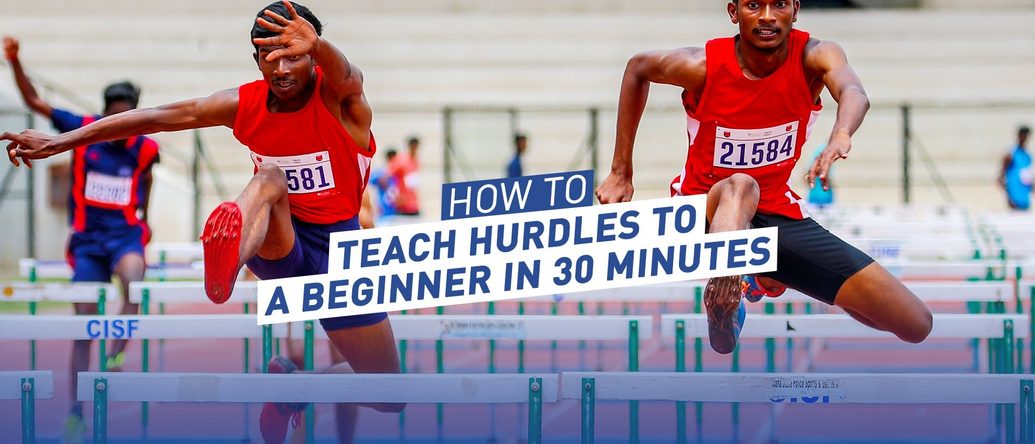

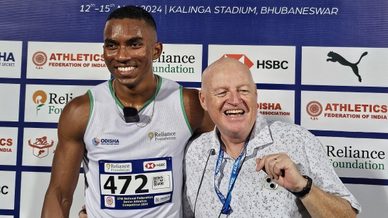
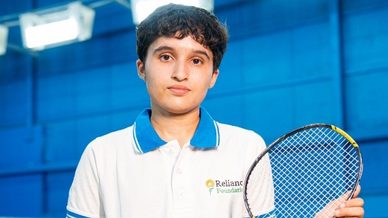

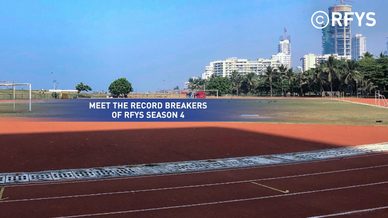
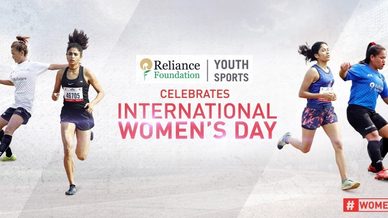
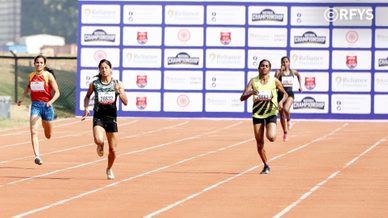
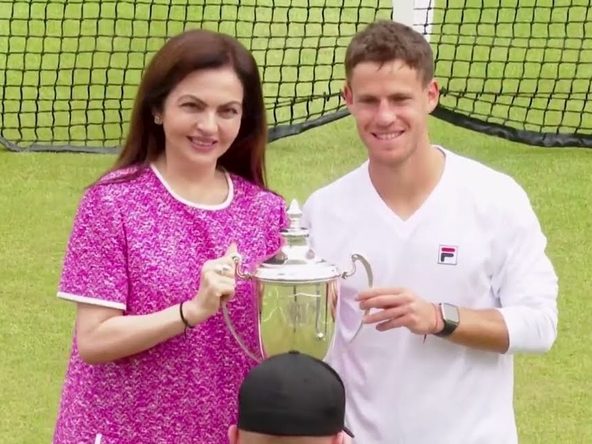


Your Comments